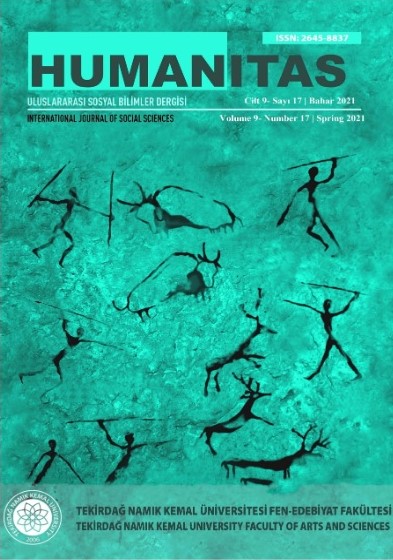CAMPBELL’IN
MONOMİT VE JUNG’UN ARKETİP KAVRAMLARI
BAĞLAMINDA “TRAK TRAK KABAKCIĞIM” MASALININ
İNCELENMESİ
EXAMINING
THE TALE OF “MY TRAK TRAK GOURD” IN THE
CONTEXT OF CAMPBELL’S MONOMITE AND JUNG’S ARCHETYPAL
CONCEPTS
Author(s): Fatih EgeSubject(s): Literary Texts, Short Story, Sociology of Culture
Published by: Namık Kemal Üniversitesi Fen-Edebiyat Fakültesi
Keywords: literature; folklore; tale; archetype; hero;
Summary/Abstract: The cultural accumulations of Turkish peoples, which have countless riches ranging from local to universal, have influenced vast geography from the steppes of Turkistan to the Caucasus, from Anatolia to the Balkans. Folk narratives coming from the past and nourishing the present have an important place among these countless riches. Tales, which have an implicit language in folk narratives, continue to exist as spouses and s imilar products in the entire geography we have mentioned. Tales containing codes in order to keep social consciousness awake rather than asleep, realize this through archetypes whose theoretical foundations were formed by C. Gustav Jung. The main purpose of our study is to identify these archetypes in the tale of the Gagauz Turks called “Trak trak pumpkin”. The archetypes in the aforementioned fable text will be analyzed and classified within the framework of J. Campbell's monomyth concept, which is compat ible with Jung's theory.
Journal: Humanitas - Uluslararası Sosyal Bilimler Dergisi
- Issue Year: 9/2021
- Issue No: 17
- Page Range: 231-243
- Page Count: 13
- Language: Turkish

